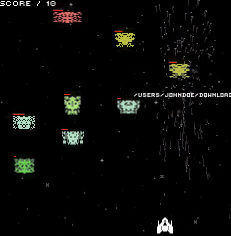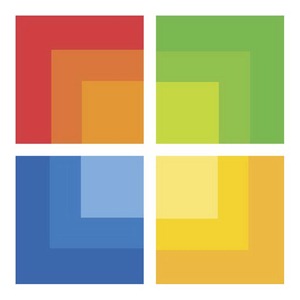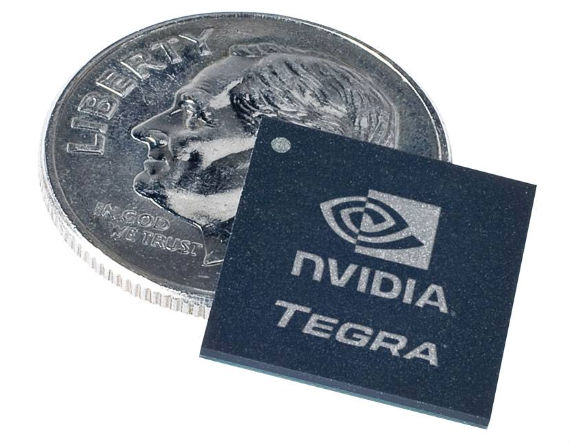 Just days before Call of Duty: Modern Warfare 2 is released, several digital retailers have decided not to sell the game.
Just days before Call of Duty: Modern Warfare 2 is released, several digital retailers have decided not to sell the game.
Is it because of that controversial scene where the player acts out a terrorist attack? Nope. It’s because the game’s PC version uses Steamworks, a software platform for multiplayer match creation, downloadable content and anti-piracy measures. Direct2Drive, Impulse and GamersGate say they oppose the forced installation of third-party software on players’ computers (Direct2Drive calls Steamworks “a Trojan Horse”), and so they are sitting out on the biggest computer game of 2009. Bold move.
Of course, that’s only the official story. Steamworks is a part of Steam, Valve’s digital distribution service that happens to compete with the boycotting retailers. As 1UP so eloquently put it, “having to fire up Steam to play the game you bought from Direct2Drive is a lot like having to walk through a McDonald’s every time you want to eat a Whopper,” so you can understand the retailers’ position.
The bigger issue is that Modern Warfare 2 is taking away many of the things PC gamers love about PC gaming. Last month, chaos ensued when developer Infinity Ward said there would be no dedicated servers allowed for multiplayer matches. Instead, everything will be handled though a console-style matchmaking system, and the game won’t support user-created mods either. (Ars Technica has a nice rundown of how messy this situation has become).
The forced implementation of Steamworks ties into those earlier developments as a way of controlling the PC gaming environment, and making it more like the Xbox 360 or Playstation 3. The problem is, that’s not what PC gamers want. Modern Warfare 2 will probably sell well on the PC anyway, but it’ll be a neutered experience, and one that hurts the free spirit of PC gaming as a whole.

 The folks at Symantec have looked right past the artistic intent behind Lose/Lose, a computer game that deletes your files every time you shoot an alien, because they’ve just classified the game as a Mac Trojan.
The folks at Symantec have looked right past the artistic intent behind Lose/Lose, a computer game that deletes your files every time you shoot an alien, because they’ve just classified the game as a Mac Trojan. A new game called Eliminate Pro surfaced in the iPhone’s App Store yesterday, and it finally delivers everything the iPhone’s OS 3.0 update and faster 3GS model were supposed to provide.
A new game called Eliminate Pro surfaced in the iPhone’s App Store yesterday, and it finally delivers everything the iPhone’s OS 3.0 update and faster 3GS model were supposed to provide. The following story has a spoiler on the upcoming first-person shooter Call of Duty: Modern Warfare 2. It’s also a bit of a rant. But even if you avert your eyes now, the game itself will ruin the surprise for you anyway. I’ll explain:
The following story has a spoiler on the upcoming first-person shooter Call of Duty: Modern Warfare 2. It’s also a bit of a rant. But even if you avert your eyes now, the game itself will ruin the surprise for you anyway. I’ll explain: The Microsoft Store
The Microsoft Store  Last week, two-man game studio 2D Boy
Last week, two-man game studio 2D Boy  Video games sales
Video games sales  Good news for game developers and people who hate “Lite” iPhone apps: Apple is now allowing purchases directly
Good news for game developers and people who hate “Lite” iPhone apps: Apple is now allowing purchases directly  As with any hot gaming rumor, I’m compelled to write about the
As with any hot gaming rumor, I’m compelled to write about the